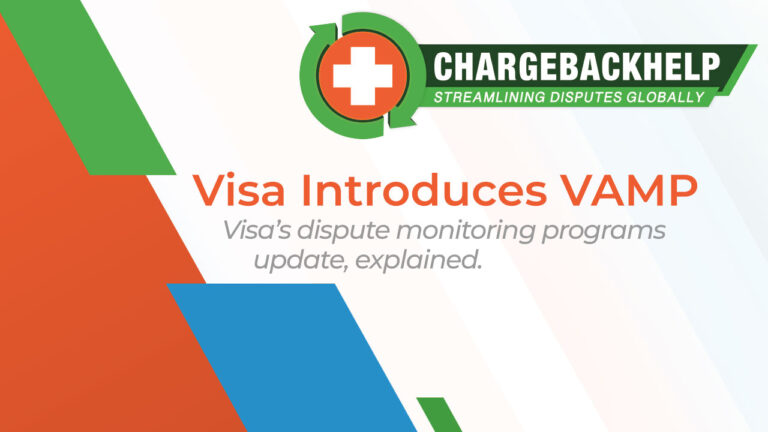A Strategy for Using Call Centers

When a cardholder sees a transaction on their bill that they don’t recognize, or that they were unsatisfied with, they don’t call the merchant. More often then not, they call their bank to dispute the charge. It is a real problem, especially for high-risk merchants. But every problem is merely the first-stage of an impending solution. This problem is no different, and for many merchants, a comprehensive customer call center is that impending solution which reduces chargebacks and invigorates customer relationships.
Problem: Customers avoid the merchant in disputes
Our dilemma of why cardholders take disputes to their issuing bank is two-fold, one: let’s face it, nobody likes to be told “no”. And two: you might not be accessible to the cardholder even if they wanted to take up the dispute with you first. When contact information is hidden in remote corners of your site, or is otherwise nonexistent, you’re sending a message that you don’t want to deal with them. Conversely, a customer’s issuing bank prides themselves on customer service and fraud prevention. In this context, the customer’s course is obvious.
Solution: Access and perspective
The first step to conquering this problem is to make yourself more accessible to your customers. Again, their banks and credit cards go to great ends to make themselves available for disputes. Merchants should take heed as this accessibility builds trust with consumers and can give a brand an edge over its competitors.
Now, you may not want to be so accessible to a customer with a dispute, which is perhaps why your contact support link is in your site’s footer. That strategy is short-sighted. If you can get your customers to come to you, and you resolve their issues, you add to the lifetime value of that customer. So change your perspective, be open to the idea that refunding a dispute is a down payment on future business.
[posts_list tag=’outsourcing’ position=’right’ heading=”Fraud: It’s Complicated”]
Problem: Customer’s preferred method of contact
Maybe you have your contact information loud and clear on your site. The problem is, it’s an email form, and your customer wants to call you. Let’s say you have an 800 number too, but they get an impersonal voice recording when they call and they want to talk to a human being.
Solution: Cascading points of contact
Your contact information should carry as many options as possible: email, chat, phone. This is where your call center solution will come in. Ideally, you should have a way for customers to initiate and resolve disputes online. But you should also give them the option to call by phone as well. Maybe you can resolve their disputes through and interactive voice response (IVR) system, but put the option to talk to a person up front. You need to present your customer with a cascade of contact options that caters to their preferences.
Problem: Caller drop-off
When a customer emails you, the ball is in your court and you can run with it. But when they contact your call center, the “handle time” of that call is a major factor in its success or failure. If the caller’s issue is not expedited in short order, they may just hang up and go to their bank.
Solution: Optimized, personalized call center
To best prevent caller drop-offs, look for call centers that combine personalization and optimization and apply that data to individual customers. When a user visits a site or calls a number, there is so much information you can get on them automatically, there is no excuse to not automate a personalized response for them.
This personalization goes a long way to keep the customer engaged. Furthermore, much like you can optimize your landing pages and offers, call centers can be optimized as well. Whether you’re outsourcing your call center or using a virtual solution, look for their ability to A/B test the caller interface. Then, your solution should also be able to capture a caller’s preferences and apply them to future contacts.
If your business has a problem with excessive chargebacks, you need to attack that problem from every angle. If you can convince your customers to come to you with a dispute, not only can that reduce your chargebacks, it also improves their satisfaction with your brand.







